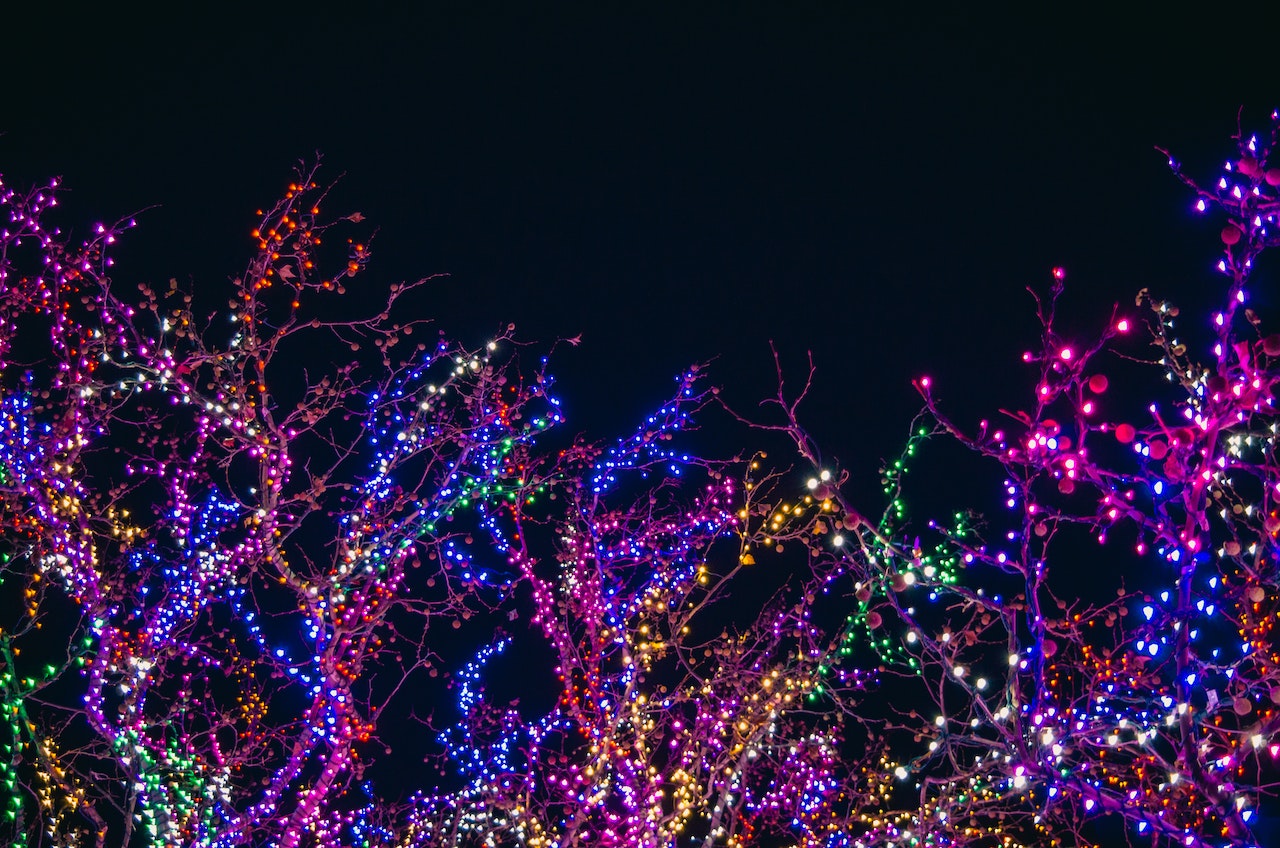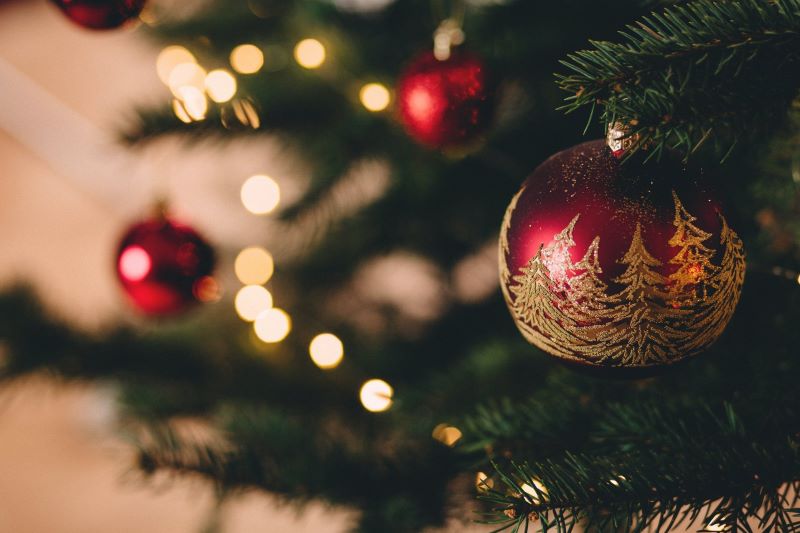The Origins of Christmas Wreaths and Garlands: Uncovering the Ancient Traditions
Christmas wreaths and garlands are an undeniable part of the holiday season. These festive decorations adorn doorways, mantels, and staircases, bringing warmth and cheer to homes and businesses alike. However, few people know the rich history and symbolism behind these beloved traditions.
The use of greenery in winter celebrations can be traced back to ancient pagan cultures, who decorated their homes with evergreens to mark the winter solstice and ward off evil spirits. As Christianity spread throughout Europe, these pagan practices were adopted and adapted to Christian beliefs. Over time, the evergreen wreath and garland came to represent eternal life, the circle of life, and the promise of spring’s renewal.
In the 16th century, the artificial Christmas wreath as we know it today began to take shape. German Lutherans, inspired by the tradition of lighting candles on an evergreen arch during Advent, began making wreaths with candles symbolizing Christ as the light of the world. This practice soon spread throughout Europe and eventually to the United States.
Unique and Creative Garlands for Every Holiday Theme: Inspiration and Ideas for Your Home
Today, the Christmas wreath is a ubiquitous symbol of the holiday season. Made from a variety of evergreens, such as pine, cedar, and holly, wreaths come in all shapes and sizes and can be decorated with pine cones, berries, ornaments, and even battery-operated lights. The circular shape of the wreath represents unity and continuity, a reminder that the holiday season is a time of coming together with family and friends.
Similarly, garlands have a long history rooted in ancient cultures. The Greeks and Romans adorned their homes with garlands made from laurel, ivy, and pine to celebrate special occasions such as weddings and athletic victories. In Christian tradition, garlands represent the journey of Mary and Joseph to Bethlehem and are often suspended above doorways or draped along staircases and railings.
In addition to evergreens, garlands can be made from a variety of materials including paper, ribbon, and even popcorn. The bright colors and festive patterns of modern garlands bring holiday cheer to homes and businesses alike, brightening up drab spaces and adding a touch of whimsy.
Beyond their decorative value, wreaths and garlands carry a strong symbolic meaning for many during the holiday season. They remind us of the importance of community, of the power of light over darkness, and of the promise of renewal and rebirth. As we gather with loved ones to share meals and exchange gifts, wreaths and garlands serve as a reminder that the holiday season is not just about material possessions but about coming together and celebrating the joy and love in our lives.
In conclusion, Christmas wreaths and garlands have a long and rich history dating back to ancient times. From their pagan roots to their modern-day use, these symbols of the season represent hope, renewal, and the joy of coming together with loved ones. As we decorate our homes and businesses with these festive decorations during the holiday season, let us remember their powerful message and carry it with us throughout the year.

